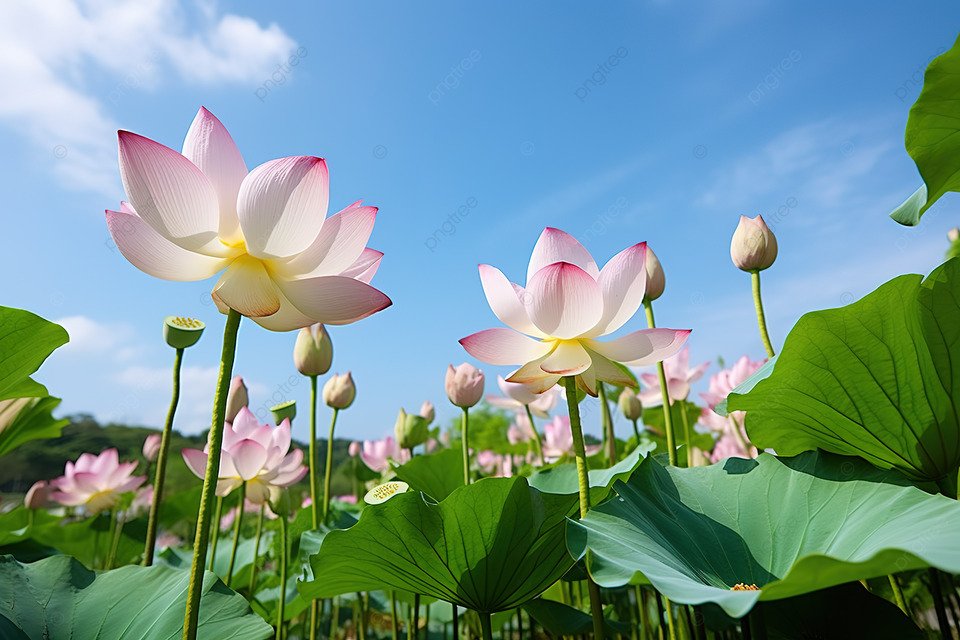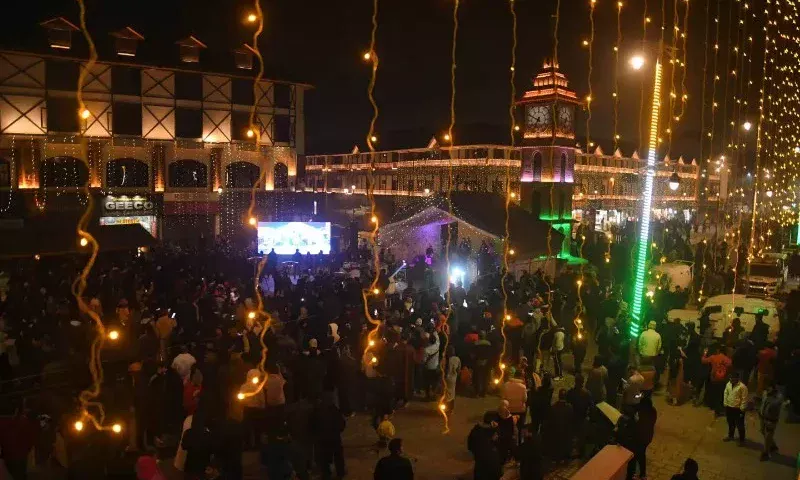A Revival of Culture, Ecology, and Collective Memory in the Valley of Pearls
The Comeback of a Forgotten Wonder
After a silence of nearly 30 years, Kashmir’s Wular Lake—once hailed for its majestic lotus blooms—has awakened in color. For locals who believed the blossoms had vanished forever following the 1992 flood, this miracle feels like divine intervention.
Villagers from Bandipora and Sopore describe the bloom as a gift of God restored. “I thought we lost this blessing,” says lotus stem farmer Abdul Rashid Dar, gazing at the lake now speckled with pink petals.
A Glimpse into the Past
Wular Lake, Asia’s largest freshwater body, was once home to acres of lotus flowers (Nelumbo nucifera). For generations, it provided nadru—the edible lotus stem integral to Kashmiri cuisine, especially in Nadru Yakhni and Rogan Josh variations.
But in 1992, flash floods from the mountains brought heavy silt, burying seeds deep below the surface. Over time, pollution, encroachments, and shrinking wetlands turned Wular into a shadow of its former self.
The Silent Seed Awakens
This year’s bloom is not just beautiful—it’s symbolic. WUCMA (Wular Conservation and Management Authority) launched a major desilting campaign, removing over 79 lakh cubic meters of silt, thus exposing buried seeds to sunlight and clean water.
Surprisingly, these seeds remained viable for decades. Experts say lotus seeds can remain dormant for over 100 years under the right conditions, thanks to their natural hard coating and regenerative enzymes.
How WUCMA Engineered the Revival
Restoration Strategy
| Action Taken | Impact |
|---|---|
| Desilting 79 lakh m³ | Cleared toxic sediment layers |
| Controlled water level | Ensured seed germination |
| Seed sowing near Nadru beds | Accelerated natural revival |
| Wetland perimeter fencing | Prevented cattle trampling |
| Community engagement | Revived harvesting traditions |
Cultural & Culinary Rebirth
For Kashmiri households, nadru is more than food—it’s a heritage ingredient, woven into generations of memories, flavors, and festivals.
Nadru’s Cultural Footprint
- Harvested from September to March
- Sold in local mandis, priced between ₹120–₹300/kg
- Used in dishes like Nadru Yakhni, Nadru Palak, and pickled Nadru
- Featured during weddings and religious occasions
Local chefs and vendors now expect a 40% surge in nadru availability, reviving a once-fading supply chain that sustained thousands.
Voices from the Lake
The community response is emotional. From elderly fishermen to young entrepreneurs, many feel a sense of rebirth—ecological and spiritual.
“My father used to wade waist-deep, cutting stems with his bare hands,” recalls Abdul Rashid. “Now I can teach my son the same craft.”
Women in Bandipora, traditionally involved in sorting nadru, say the revival offers seasonal employment and cultural continuity, especially for families living near the lake.
Symbol of Ecological Resilience
Wular Lake has faced decades of degradation—from illegal sand mining to encroachments and untreated sewage. The return of lotus blooms suggests that nature can heal when given space and time.
Environmentalists warn, however, that this bloom must be protected through policy, and not celebrated as an isolated event.
Ongoing Threats
- Plastic pollution from nearby towns
- Unregulated tourism boats in sensitive bloom zones
- Lack of formal harvesting guidelines
- Risk of commercial exploitation without ecological safeguards
Bottom-Line: A Petal at a Time
The lotus bloom is a reminder that culture and nature are deeply intertwined. In Kashmir, where memory is layered with hardship, resistance, and hope, this return whispers something profound: healing is possible. Not only for lakes and landscapes—but for people, traditions, and the stories they carry.
As Wular Lake blushes in pink once again, perhaps Kashmir has rediscovered a part of itself it thought was lost—a gift of God, buried in silt, patiently waiting to bloom.




